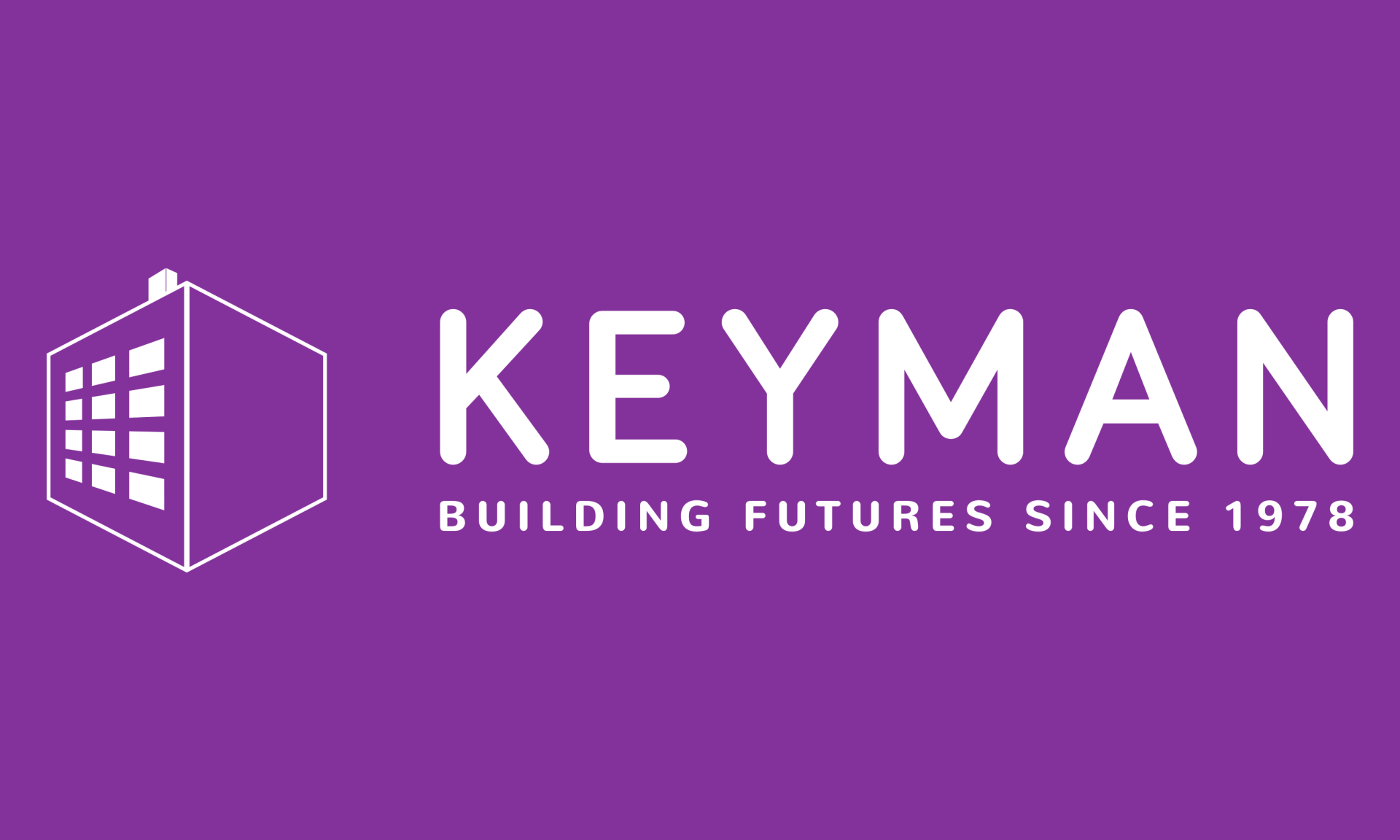
The Dawn of AI in the Construction Industry: A Blueprint for Success
The construction industry, steeped in tradition and manual labour, may not be the first sector that comes to mind when we think of artificial intelligence (AI). However, the industry is beginning to embrace the vast potential of AI tools, and for a good reason. These tools offer a range of benefits, including increased efficiency, enhanced safety, and improved quality of work, painting a promising picture for the future of construction.
1. Enhancing Efficiency
AI tools, with their ability to automate tasks and streamline processes, are set to bring about unprecedented efficiency in the construction sector. For instance, AI-powered software can optimise project planning, taking into account multiple variables such as manpower, materials, and timeline. These tools can predict bottlenecks, suggest efficient workflows, and make adjustments in real-time, dramatically reducing project delays and cost overruns.
2. Elevating Safety Standards
Construction is an industry fraught with hazards. Here, AI can step in to significantly improve worker safety. By integrating AI with other technologies such as IoT sensors and drones, construction sites can be continually monitored to detect potential safety risks. AI algorithms can analyse the captured data, identify hazardous situations or unsafe behaviours, and alert supervisors before accidents occur. This proactive approach to safety can potentially save lives and reduce workplace injuries.
3. Ensuring Quality Control
Maintaining high-quality standards is essential in construction, and AI can contribute significantly in this regard. By utilising machine learning and image recognition, AI systems can scan and analyse construction sites, comparing the progress against architectural plans and building codes. Any discrepancies or defects can be flagged immediately, ensuring that issues are addressed promptly, preventing costly rectifications down the line.
4. Predictive Maintenance
The power of AI in predictive analysis can also extend to equipment maintenance. AI tools can monitor machinery performance, identify signs of potential failure, and recommend preemptive maintenance. This not only prolongs the lifespan of costly equipment but also minimises the downtime caused by unexpected breakdowns.
5. Promoting Sustainability
Lastly, in an era where sustainability is increasingly crucial, AI can help the construction industry reduce its environmental footprint. From optimising resource allocation to predicting the environmental impact of a project, AI provides insights that can guide more sustainable construction practices.
In conclusion, the integration of AI into the construction industry represents a transformative shift, offering a myriad of benefits. It's an exciting prospect, bridging the gap between tradition and innovation. While this digital revolution may require an investment of time and resources for full implementation, the potential rewards - in efficiency, safety, quality, and sustainability - make it a venture well worth exploring.
Keyman Blog



